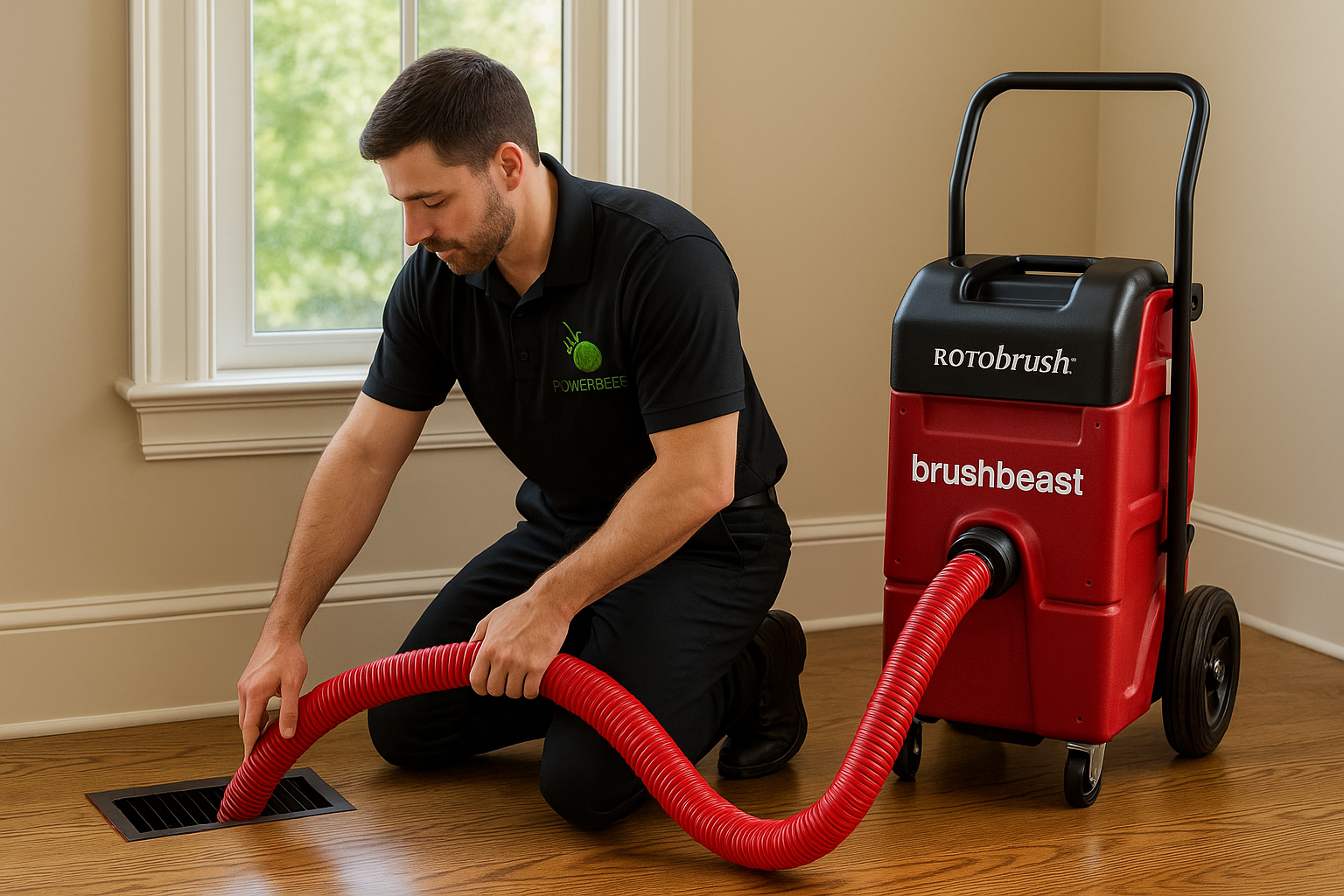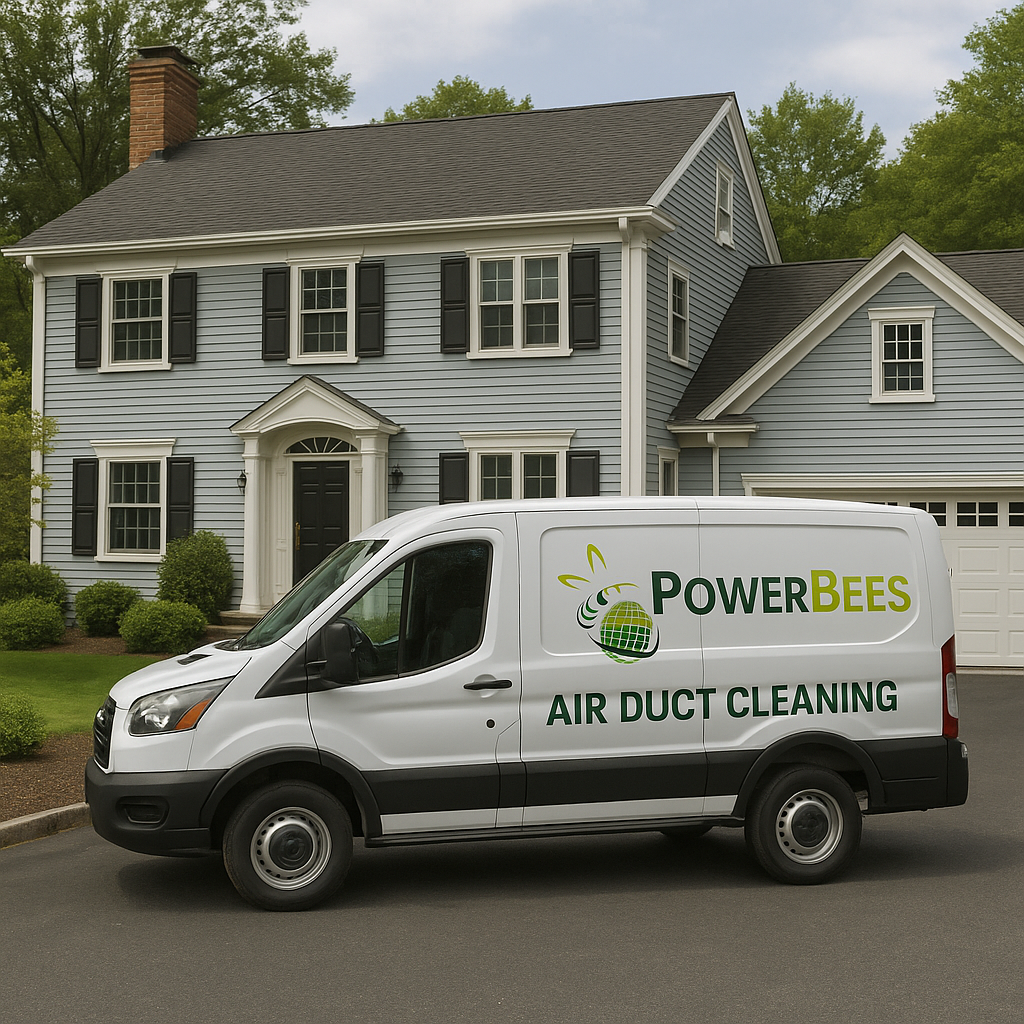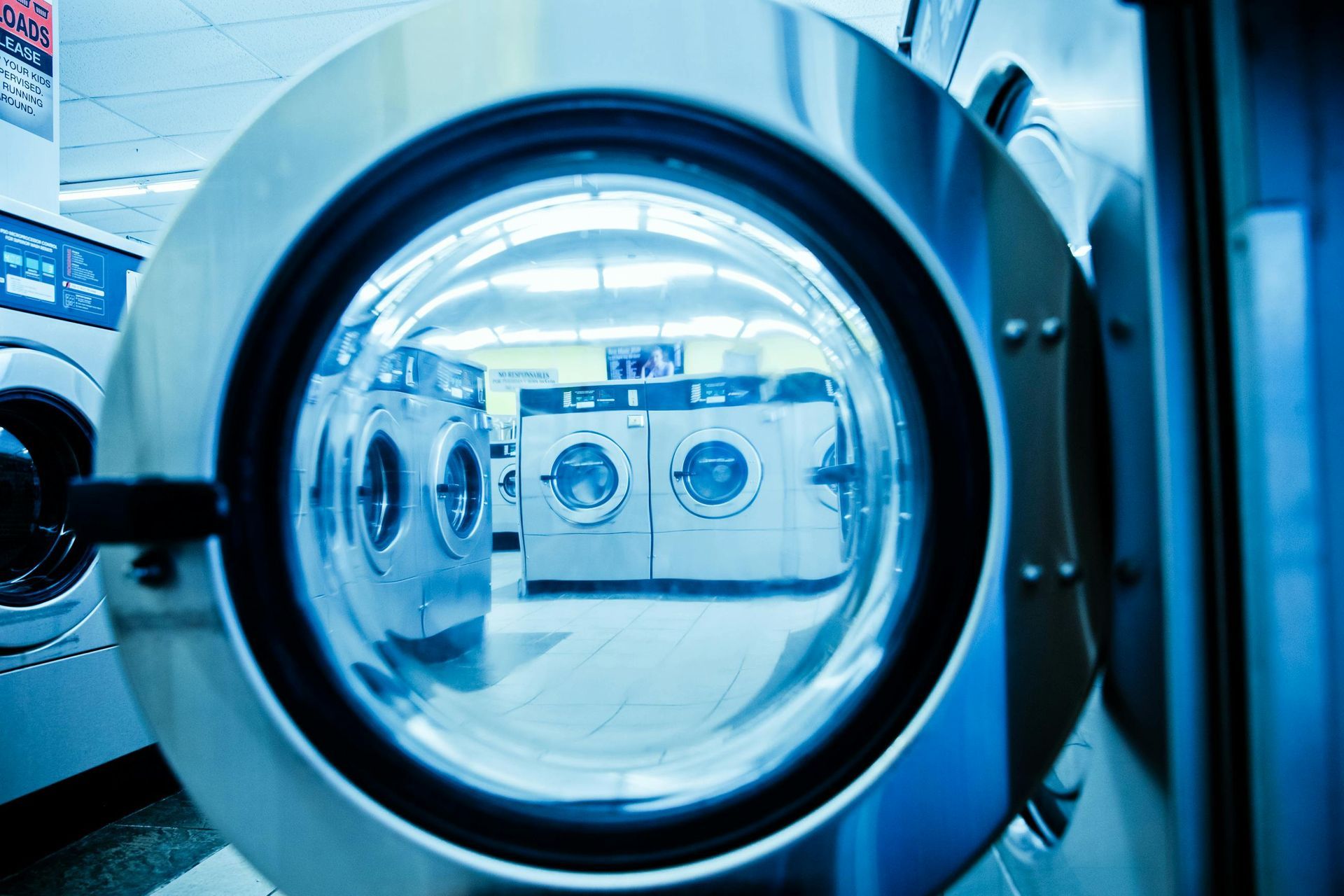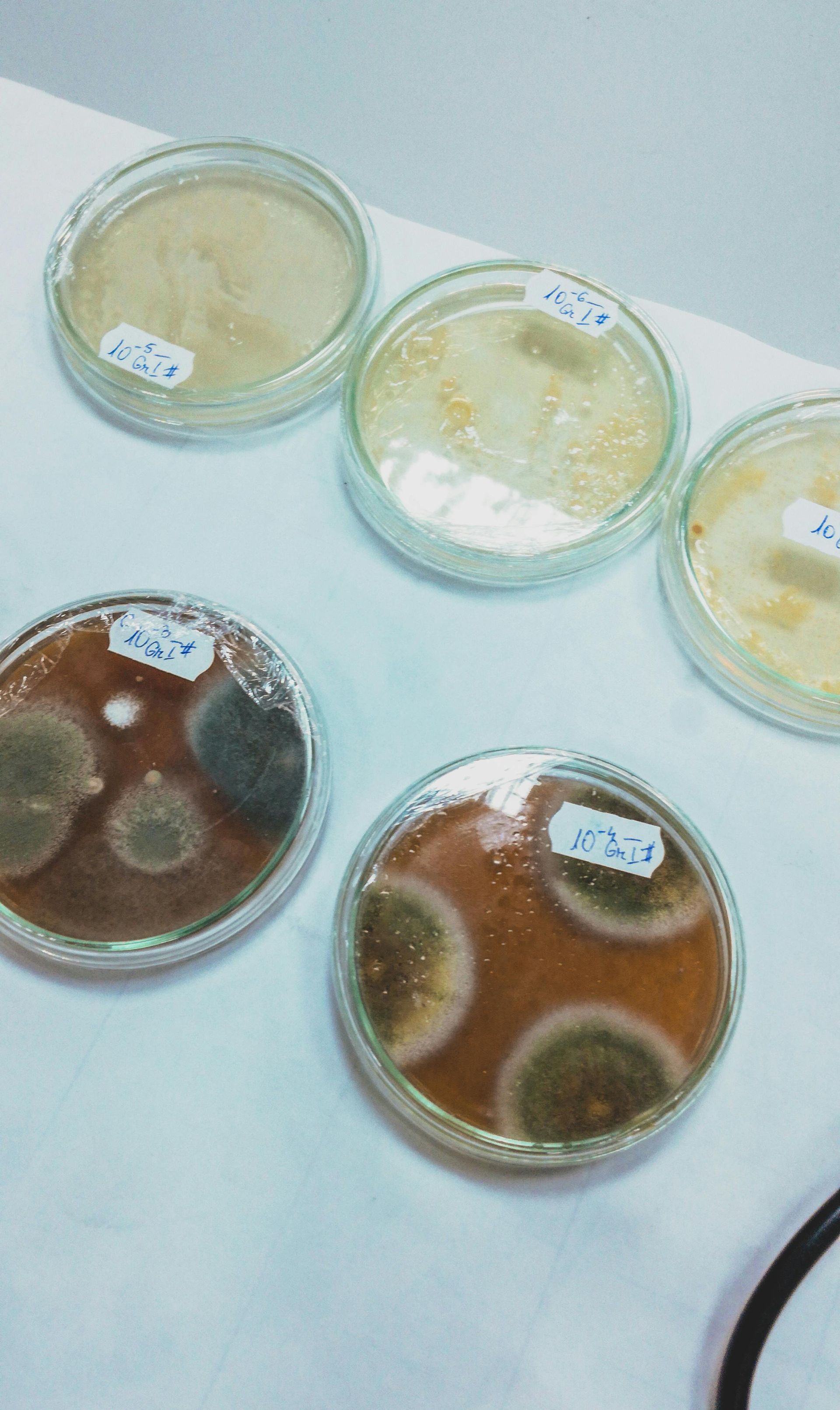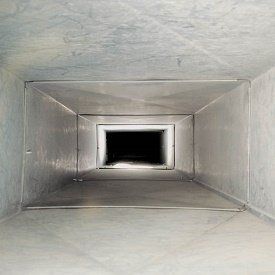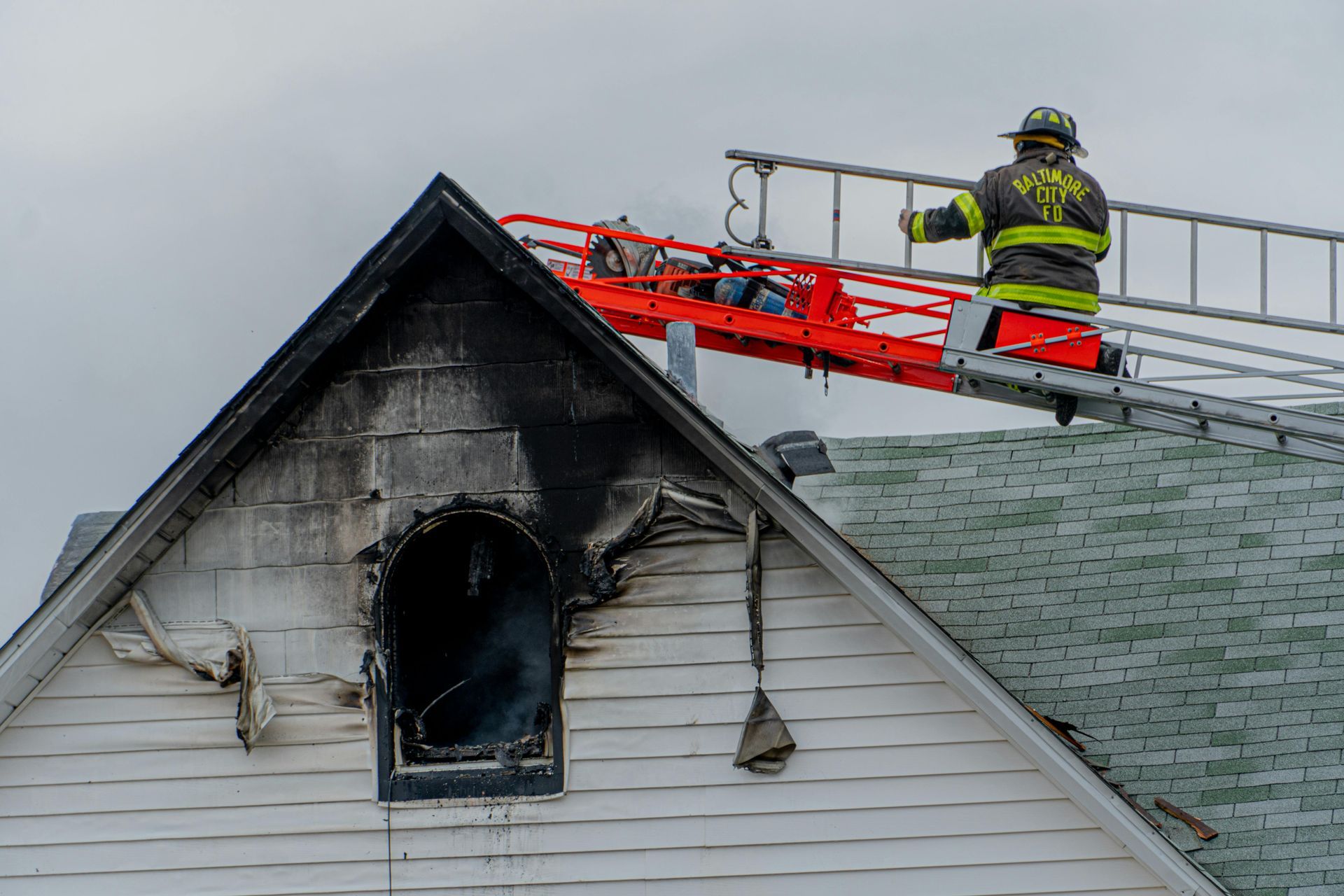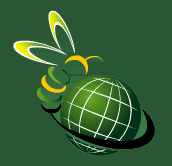MOLD AND HEALTH
Due to their incredibly small size, mold spores can be easily inhaled or ingested. Spores can also enter a human or animal’s body by way of the ears, eyes, and even pores. Certain health effects have been associated with mold such as but not limited to: runny nose, sneezing, coughing, dizziness, drowsiness, headaches, fatigue, short-term memory loss, diarrhea, asthma, aspergillosis, pnuemonitis, hair loss, and even death.
Generally mold spores are classified into three different categories when pertaining to health. They are Toxic, Pathogenic, and Allergenic.
A Toxic mold is one that produces a mycotoxin which has been associated with adverse affects in almost anyone if found present in elevations. Some examples of mycotoxins include: tricothecene (produced by the fabled Stachybotrys genus), petulin (generally produced by Aspergillus sp. ), and sterigmatocystin (also produced by some species of Aspergillus sp. ).
A Pathogentic mold will affect those who are already immune-compromised. Many mold fall into this category. Immune compromised individuals include but are not limited to: cancer patients, pregnant women, and small children with undeveloped immune systems, some animals, people with heart disease, and others who suffer from illness.
An Allergenic mold is one that may affect some but not others. This affect is very similar to an animal or pollen allergy. An allergenic mold can sometimes divide a family because only one person may complain of symptoms while others do not have concern for the problem and ultimately do not address it. An individual can build a tolerance to an allergy as well as become more susceptible after chronic exposure.
Mold spores can be viable or non-viable. A viable spore can actively reproduce while a non-viable spore will not actively reproduce. Mold spores have been associated with effects on human health both when they are living or dead. The health affects associated with a spore are not negated when the spore is rendered non-viable. In fact a dead spore, which still contains mycotoxins, may be more detrimental because it becomes lighter and can become airborne more readily. Not all non-viable spores are dead, some may simply be dormant until favorable conditions for growth arise. PowerBees can remove both viable and non-viable mold spores.






